Piedmont Spotlight: Coastal Plain Forest Communities
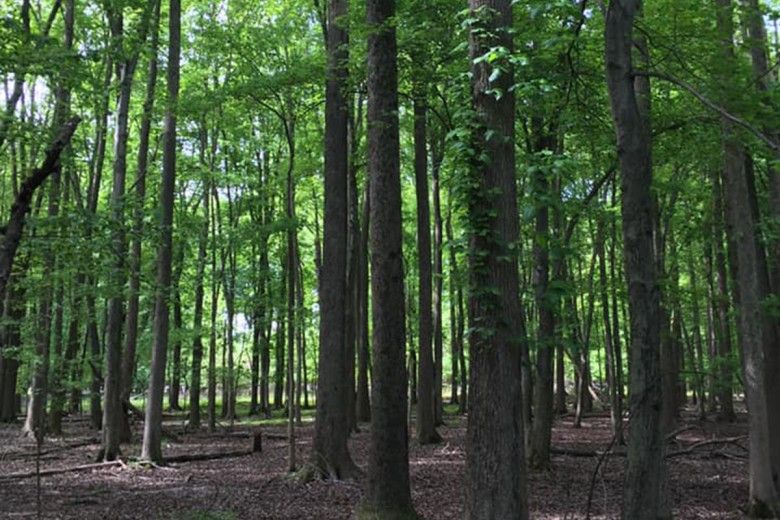
Join us as we continue our exploration of the vegetative communities of the Piedmont region of the Eastern United States. In this ongoing series of blogs, we will spotlight specific vegetative communities, define their historic structures, describe the processes that created them, examine past and ongoing threats to their survival, and provide suggestions for long-term, sustainable forest management to help steward them into the future.
The Delaware Basin is a densely populated area in an already-dense region, and it is getting denser. In its curtilage is the only portion of the Coastal Plain physiographic region found in Pennsylvania. This sliver stretches along the lower 50 miles of the Delaware River from Bucks to Delaware County and, because of its small size, hosts many species and communities that are rare in the state. Among these are two forest communities: the Sweet Gum – Oak Coastal Plain forest and the Red Maple – Magnolia Coastal Plain palustrine forest.
Though these communities covered most of the region prior to settlement, changes in land use have significantly reduced their abundance, particularly in the last half century. The communities that remain face a host of ecological and existential threats, though there are many restoration opportunities that have shown to be successful. While not Piedmont communities, the Coastal Plain forests are adjacent to our region and can serve as a warning to encourage continued conservation.
History and Composition
Prior to European settlement, forests covered approximately 90% of Pennsylvania. Currently, only approximately 58% of the state is forested. Over time, ownership of these forests has trended towards smaller and smaller tracts, likely due in large part to inheritance and parcelization. In Delaware County, forests and natural areas also face some of the highest development pressures in the state. From 2010 to 2020, the county grew from 558,979 residents to 576,830, a 3.2% increase. This outpaced the average growth rate for the whole state, 2.4%. Delaware County also has a population density that is 10 people per square mile higher than the state average.
This pattern of development repeated itself throughout the Delaware Valley, which contains the only portion of Coastal Plain in Pennsylvania. The Coastal Plain physiographic region covers an area 1 to 5 miles wide on the lower 50 miles of the Delaware River. This includes portions of Bucks, Philadelphia, and Delaware Counties. While not in the Piedmont, the Coastal Plain is adjacent to it, and without a Coastal Plain there would be no Piedmont.
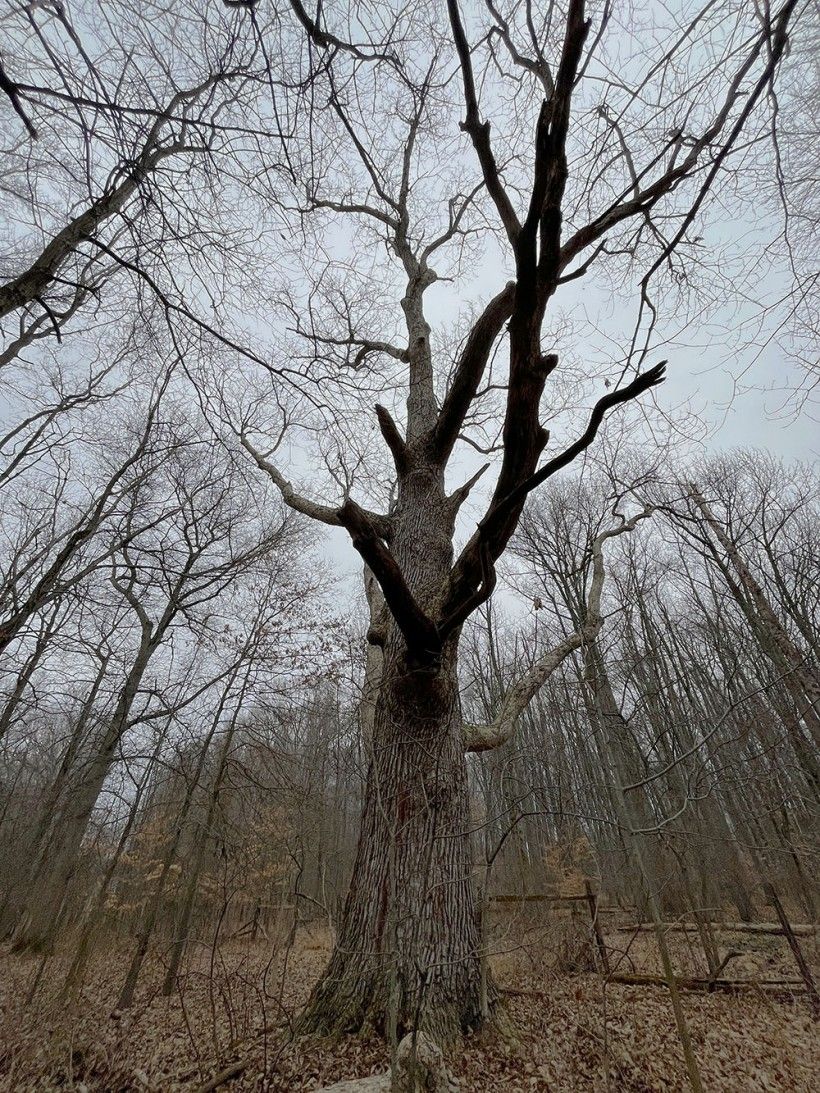
The Coastal Plain is defined by flatter topography, lower elevation, and sandy soils. Additionally, warm, moist air from the Delaware River makes the climate of the region more “southern” than the climate of the adjacent Piedmont. Agriculture and development have mixed soils in the region so extensively that they often can no longer be reasonably delineated and are, instead, classified as “Urban Land” complexes limited to general descriptions. Generally, these soils consist of sand, gravel, and silt, and are well drained, making them well suited for agriculture.
This soil richness, in combination with the region’s proximity to one of the largest early settlements in the country, Philadelphia, led to the rapid conversion of land. While pockets of natural areas remain, they all have a history of anthropogenic disturbance and are a deficient representation of the ecosystems that were present four centuries ago.
The overstory of Sweet Gum – Oak Coastal Plain forests consist of sweet-gum (Liquidambar styraciflua), southern red oak (Quercus falcata), willow oak (Quercus phellos), white oak (Quercus alba), American beech (Fagus grandifolia), and red maple (Acer rubrum). The midstory consists of greenbrier (Smilax rotundifolia), fetter-bush (Leucothoe racemosa), stagger-bush (Lyonia mariana), sweet pepperbush (Clethra alnifolia), mountain laurel (Kalmia latifolia), and sometimes American holly (Ilex opaca). The understory in these forests is very sparse due to their hydrology.
In Red Maple – Magnolia Coastal Plain palustrine forests, the overstory reflects the slightly wetter and richer soil conditions. Red maple (Acer rubrum), sweet-bay magnolia (Magnolia virginiana), black-gum (Nyssa sylvatica), sweet-gum (Liquidambar styraciflua), and swamp white oak (Quercus bicolor) are dominant. The midstory consists of sweet pepperbush (Clethra alnifolia), fetter-bush (Leucothoe racemosa), winterberry (Ilex verticillata), smooth winterberry (Ilex laevigata), highbush blueberry (Vaccinium corymbosum), swamp azalea (Rhododendron viscosum), and possum-haw (Viburnum nudum). Lastly, this forest does have a sparse understory herbaceous layer, which consists of marsh St. John’s-wort (Triadenum virginicum), violets (Viola spp.), royal fern (Osmunda regalis), cinnamon fern (Osmunda cinnamonea), and various other ferns, sedges, and sphagnum.
The Coastal Plain forests can be distinguished from other Piedmont forest types by their hydrology and soil type. Seasonal ponding in these forests, due to a high water table, selects against flood-intolerant species, such as sugar maple (Acer saccharum) or hickories (Carya spp.). These sites are only seasonally ponded, though, because their soils contain a large amount of sand and gravel, which drain well. Sweet Gum – Oak Coastal Plain forests tend to develop on the Coastal Plain terraces, which consist of sandier, eroded soils. Red Maple – Magnolia Coastal Plain palustrine forests tend to develop on richer sites, indicating a greater presence of silt and clay, which will occur closer to creeks and streams. Historically, Coastal Plain forests would have experienced many of the same disturbances as other eastern forest types: low-intensity seasonal wildfires, storm damage, diseases, and more. Flooding of the Delaware River would have likely facilitated stand replacement by killing most of the trees in severely flooded areas, particularly along tributaries of the Delaware.
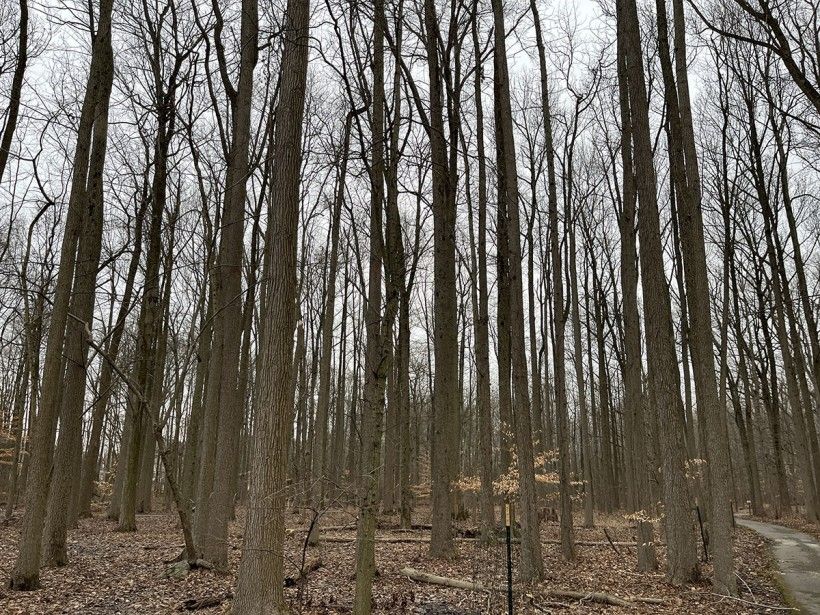
Threats/Challenges
Pennsylvania has roughly 10,600 acres of coastal plain forest, which is less than 0.04% of the total area of the state. Of these 10,600 acres, only 15% are permanently protected. Due to the small representation of these forests in the state, many of the species dependent on them are state listed, meaning they are rare and of special conservation concern. Sweet Gum – Oak Coastal Plain forests themselves are ranked S3 in the state, meaning they are vulnerable. Many of the remnant examples listed in PNHP’s countywide natural heritage inventories are publicly owned and several are public parks. Others are owned by HOAs and restricted as Open Space. Public ownership, unfortunately, does not guarantee preservation. One site owned by a school district was developed in the late-2000s and an elementary school was constructed, resulting in the loss of roughly 15 acres of interior forest. Interior forest is exceedingly rare in southeastern Pennsylvania due to small forest size, and the species of concern supported by these acres had very few suitable alternatives to migrate to within the county.
Some high-quality Coastal Plain forests designated in the first Delaware County natural heritage inventory, compiled in 1992, have since been developed into housing, resulting in fragmentation of the remaining forest and the conversion of the forest type. Most of the remnant forests in the Coastal Plain were passed over first by agriculture and later by urbanization due to their impractical physiography (steep slopes and ravines, creek beds, unstable or wet soils, etc.). Unfortunately, with the region being mostly built out, development now looks to these remnant, unprotected natural areas.
Proximity to development is a challenge in itself. Proximity to development increases the amount of traffic and disruption within these sites. Trails, both authorized and unauthorized, increase the dispersal of invasive species, which are often first introduced through horticultural spillage from neighboring development. Motor vehicle and bike use can also cause significant damage to soil structure through rutting and lead to erosion. An increase in nearby impervious coverage will also disrupt the hydrologic cycle by preventing infiltration of precipitation through the soil, resulting in high volumes of polluted water entering waterways in short timeframes. Parcelization and encroachment into forests also results in a higher ratio of edge to interior habitat. This further exacerbates the invasive species and herbivory issues. Finally, apart from every other management issue, populations in these forests will suffer from genetic bottlenecking in a similar manner to the endemic populations of the serpentine barrens.
Opportunities
Even though things look a little dire, there are plenty of reasons to remain optimistic. Pennsylvania Natural Heritage Program noted that efforts to restore Coastal Plain forests in Delaware County have had noticeable success. While the threats are numerous and remaining open space is diminishing, we have both the structural and non-structural tools to recover and enhance these communities. A combination of preservation plus management of remaining Coastal Plain forests and restoration of degraded forests will ensure the continued existence of this vegetation type.
Remaining Coastal Plain forests need protection and enhancement. Some forests have already been protected as public parks. Jack King Memorial Park, owned and managed by Bethel Township, is a fantastic example of public, permanent preservation. Multiple plant species of concern grow in the park; one of these species is only documented in one other location in the whole state. Despite a paved walking path throughout the park, there are minimal woody invasives. Park managers have also installed some habitat enhancement structures, such as a bat box along the edge of a powerline corridor. In Bucks County, Silver Lake Nature Center owns and maintains one of the largest contiguous Coastal Plain forests in Pennsylvania, known as Delhaas Woods. This 175-acre parcel has been described as the “best remaining example of Coastal Plain Woodlands within the State of Pennsylvania” by the Eastern Pennsylvania Chapter of the Nature Conservancy.
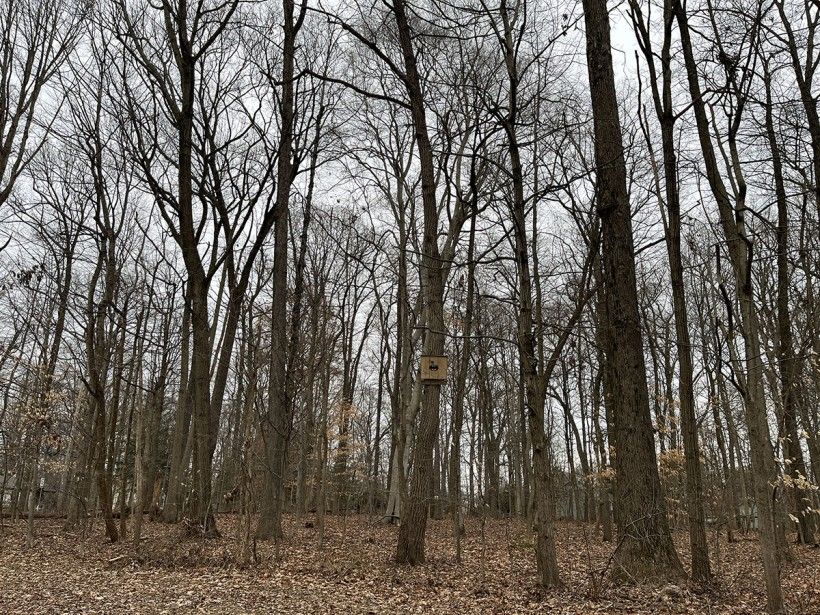
Homeowners associations also preserve many remaining Coastal Plain forests as HOA open space. HOAs should encourage the proper disposal of lawn waste and landscaping supplies and a reduction in the use of fertilizers and pesticides. This will improve water quality and reduce invasive seed dispersal. Residents should also minimize disruptive recreation activities (e.g. biking) in open space forests. At forest edges, HOAs should encourage or engage in the planting of characteristic species like sweet gum or oaks. Chester County Planning Commission maintains a list of resources available to HOAs here. Individual homeowners can also make an impact. If your home falls within an area that would have been historically covered by Coastal Plain forest, consider planting species from those forests with special attention to micro site conditions like wet spots. It is also important to clean up pet waste due to the immediacy of runoff into waterways.
Restoration of degraded coastal plain forests, like those formerly found along Naamans Creek, will help offset the loss of this vegetation type. Like many of our other vegetation spotlights, Coastal Plain forests suffer from excessive deer browse and invasive species intrusion. Deer exclosure fencing, particularly in dense suburban and urban areas where hunting is neither effective in reducing the herd nor safe, will be the best strategy for mitigating herbivory. In larger stands, hunting or even sharpshooting will likely be necessary to decrease herbivory.
Wherever possible, stewards should maintain an overstory canopy and prevent further fragmentation to reduce invasive species spread. These forests tend to see a suite of invasives that will require a combination of treatments, such as foliar and cut-stump herbicide applications. Pioneering invasive populations should be prioritized for treatment over established monocultures. Stewards should select herbicides that are safe for use in wetlands and should post signage about herbicide applications in areas that see frequent recreational use. It should be noted that the young growth of sweet gum and burning bush/winged Euonymus (Euonymus alatus) can look similar, so always compare leaf bud arrangement to distinguish the two when leaves are not present (sweet gum has alternate buds and burning bush has opposite). Streams should also be buffered to improve water quality. Unbuffered streams should have a 100-foot buffer of any native vegetation, and existing woody buffers should be expanded to a minimum of 328 feet.
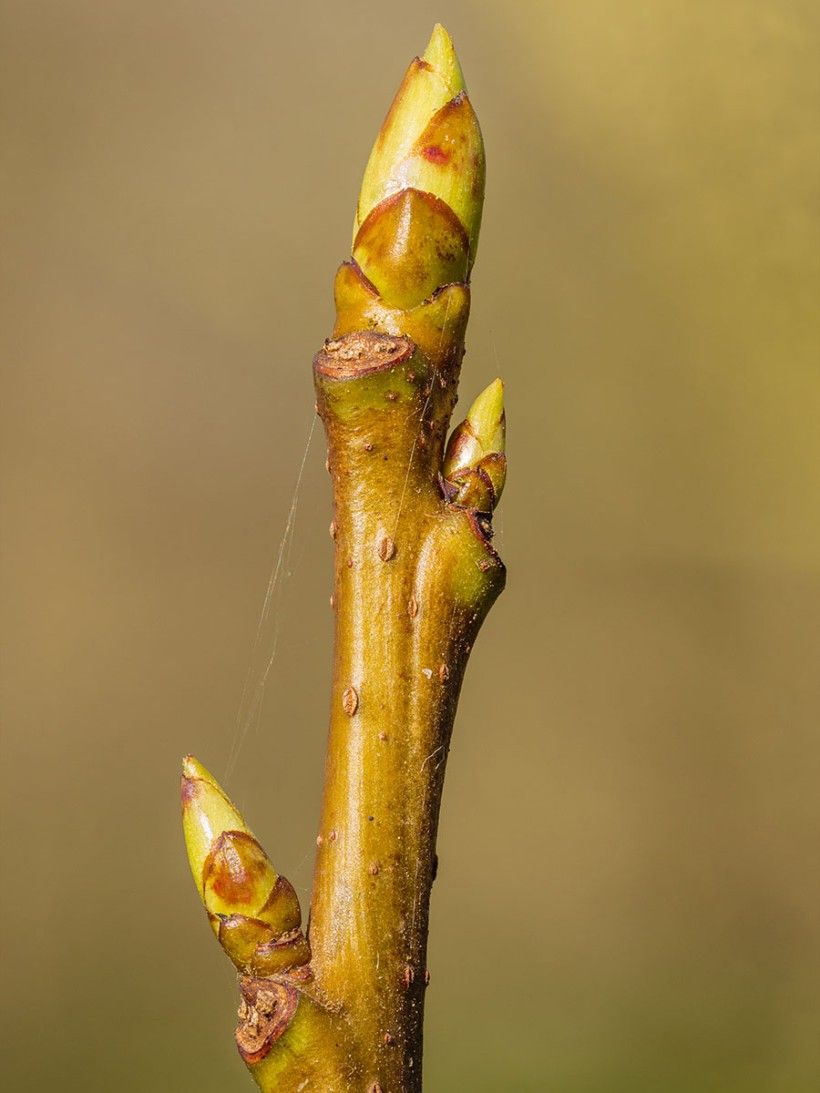
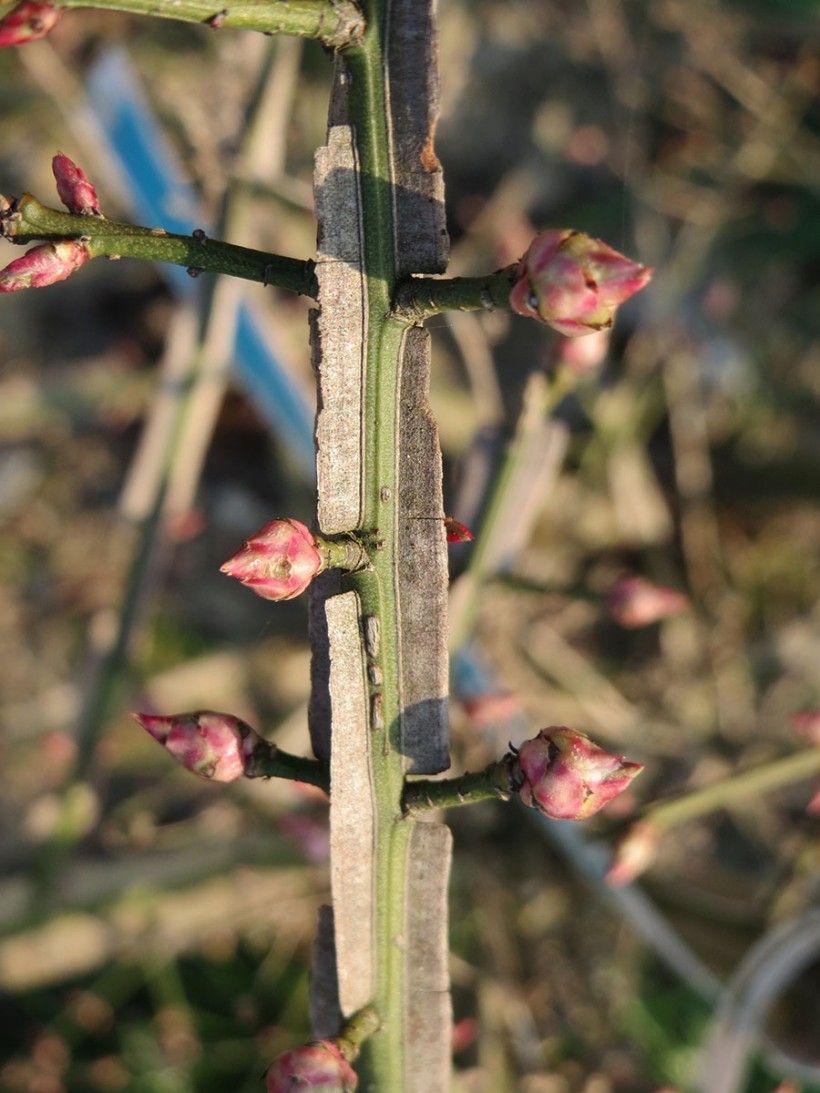
Finally, stewards should explore non-structural solutions that will improve the health of these communities. This could include stormwater management and green stormwater initiatives, impervious limitations, and conservation easements that protect open space.
References
- A Natural Heritage Inventory of Delaware County, Pennsylvania
- A Natural Heritage Inventory of Chester County, Pennsylvania
- Delaware County Census Data
- Pennsylvania Forest Stewardship Talking Points
- TNC North Atlantic Coastal Plain Hardwood Forest
Acknowledgements
Thank you to Raymie Barry at Silver Lake Nature Center for her help in providing resources about these forest communities.
Header Image: Delhaas woods. Photo credit: Silver Lake Nature Center